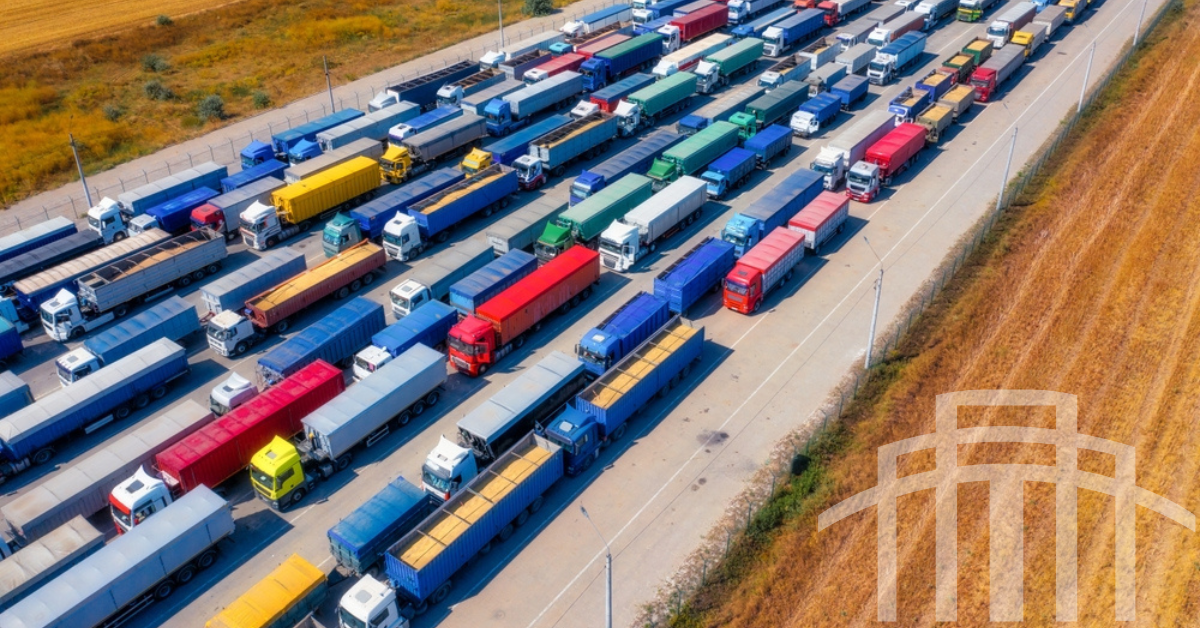Tag: freight technology
How Technology Empowers Shippers and 3PLs to Manage Costs in 2025
The freight industry is embracing a technological transformation that is empowering Shippers and 3PLs to optimize operations, reduce costs and tackle inefficiencies. Insights from the Q4 2024 Shipper Rate Report from FreightWaves highlight key data points underscoring the value of innovations such as AI-driven analytics, automation and real-time data connectivity.
How Freight Software Can Help You Manage the Spike in Cross-Border Shipping
In the dynamic world of global trade, the volume and complexity of cross-border freight movements among the United States, Canada and Mexico have reached unprecedented heights. As companies recalibrate their supply chain strategies in the wake of recent global disruptions, nearshoring to Mexico has emerged as a crucial trend. This shift is being significantly bolstered by advancements in freight technology, which are transforming the logistics landscape across North America.


